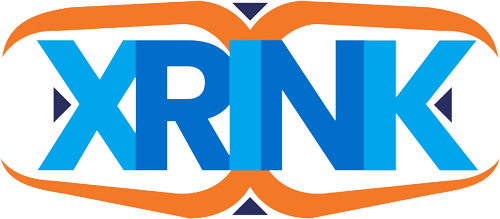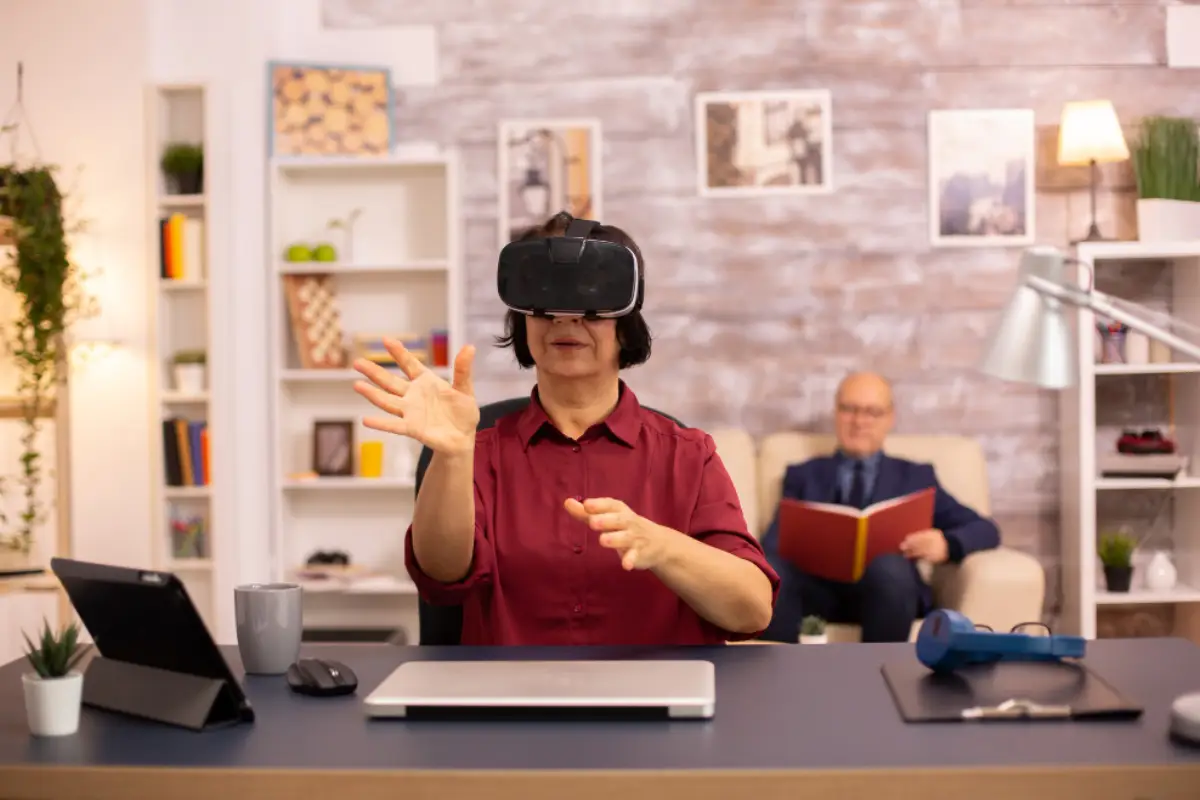In the rapidly evolving digital landscape, businesses are continually searching for innovative solutions to stay ahead of the competition. Augmented Reality (AR) and Virtual Reality (VR) technologies have emerged as transformative tools across various sectors, offering immersive experiences that can boost engagement, productivity, and profitability. However, the key to harnessing the full potential of AR/VR lies in customization. This article will explore the importance of tailoring AR/VR solutions to specific business needs, outlining significant benefits and considerations in the process.
The Unique Needs of Businesses
Every business is distinct, with its own culture, goals, challenges, and workflows. When organizations adopt AR/VR solutions, a one-size-fits-all approach often fails to address specific requirements. Customization allows companies to align technology with their operational objectives, yielding better outcomes. For instance, a manufacturing plant may require AR solutions for remote assistance and maintenance, while a real estate agency could benefit from immersive virtual property tours.
Enhancing User Experience
Customization enhances the user experience by ensuring that applications are relevant and user-friendly. When employees or customers interact with AR/VR environments tailored to their needs, they are more likely to engage fully and retain information. For instance, training programs in AR can be designed to reflect the specific scenarios employees will encounter, making learning intuitive and relevant.
Improving Efficiency
Tailoring AR/VR solutions can lead to significant efficiency gains. Businesses can streamline processes by customizing workflows and interfaces to meet the specific demands of their teams. For example, in an assembly line, AR applications can overlay real-time data and step-by-step instructions tailored to each worker’s tasks, reducing errors and training time.
Case Studies of Successful Customization
Several companies have successfully implemented customized AR/VR solutions:
- Boeing: The aerospace giant developed bespoke AR applications for assembly line workers, resulting in a 90% decrease in wiring errors.
- L’Oréal: The beauty brand created a customized VR experience for customers, allowing them to try products virtually, which increased conversion rates.
Challenges in Customization
While customization has significant benefits, it also presents challenges. Developing tailored solutions often requires a deeper understanding of both technology and business processes. Companies must be prepared for the investment in time and resources needed for research, development, and ongoing support.
Conclusion
In conclusion, customization is crucial for the successful adoption of AR/VR technologies in business. By tailoring solutions to meet unique needs, companies can enhance user experiences, improve efficiency, and ultimately drive better business outcomes. As AR/VR continues to evolve, organizations that embrace customization will be better positioned to leverage these powerful tools effectively.

